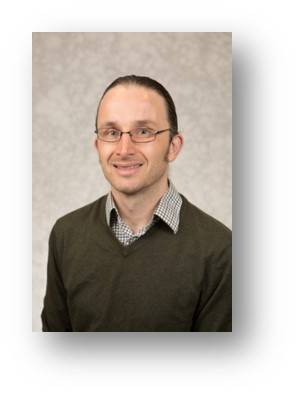Derek Thomas

COURSES TAUGHT
BMS 212 - Introductory Microbiology
BMS 213 - Laboratory in Microbiology
BMS 301 - Introduction to Research
BMS 312 - Bacterial Genetics
BMS 313 - Bacterial Genetics Laboratory
EDUCATION
Research Assistant Professor, University of Texas at San Antonio, 2007-2010
Postdoctoral Fellow, University of Texas at San Antonio, 2005-2007
Postdoctoral Fellow, University of Texas Health Science Center at San Antonio, 2003-2005
Postdoctoral Fellow, University of Sussex, 2001-2002
Ph. D Molecular microbiology, University of Wales Swansea, 2002
BSc (Hons) Genetics, University of Wales Swansea, 1997
RESEARCH INTERESTS
My research focuses on using Candida albicans as a model fungal pathogen. C. albicans is a frequently acquired nosocomial infection both within the U.S. and worldwide. It is an increasingly common threat to human health as a consequence of AIDS, steroid therapy, organ and tissue transplantation, cancer therapy, broad spectrum antibiotics and other immune defects. These infections carry unacceptably high morbidity, mortality rates (30-50%) and important economic repercussions (estimated total direct cost of approximately 2 billion dollars in 1998 in U.S. hospitals alone).
The objectives of my research are: (i) the application of state-of-the-art yeast cell biology and genetics to the study of Candida albicans pathogenesis and commensalism, (ii) the use of proteomics, genomics, and bioinformatics in the analysis of the lifecycle of C. albicans, (iii) studies of C. albicans virulence in vivo, and (iv) signal sensing and transduction particularly with reference to disease related and quorum sensing pathways in C. albicans.
Currently, we are focused on studying a subset of proteins whose level appears to need to change to allow the shape transition that is associated with disease to occur. We are studying this subset on multiple levels including: Which need to change to allow the transition, how this subset influences the ability to cause disease and exactly how the proteins modulate their effect.
